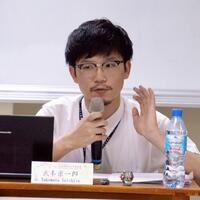Research Experience
-
2025.04-Now
Komazawa University Faculty of Buddhism Department of Buddhist Studies part-time teacher
-
2025.04-Now
Waseda University Faculty of Letters, Arts and Sciences Assistant Professor (without tenure)
-
2024.04-Now
天台宗典編纂所 編纂協力員
-
2023.04-2025.03
Waseda University Faculty of Letters, Arts and Sciences Teaching Associate
-
2021.04-2023.03
Japan Society for the Promotion of Science
-
2020.04-2023.03
海城中学高等学校 国語科 非常勤講師

